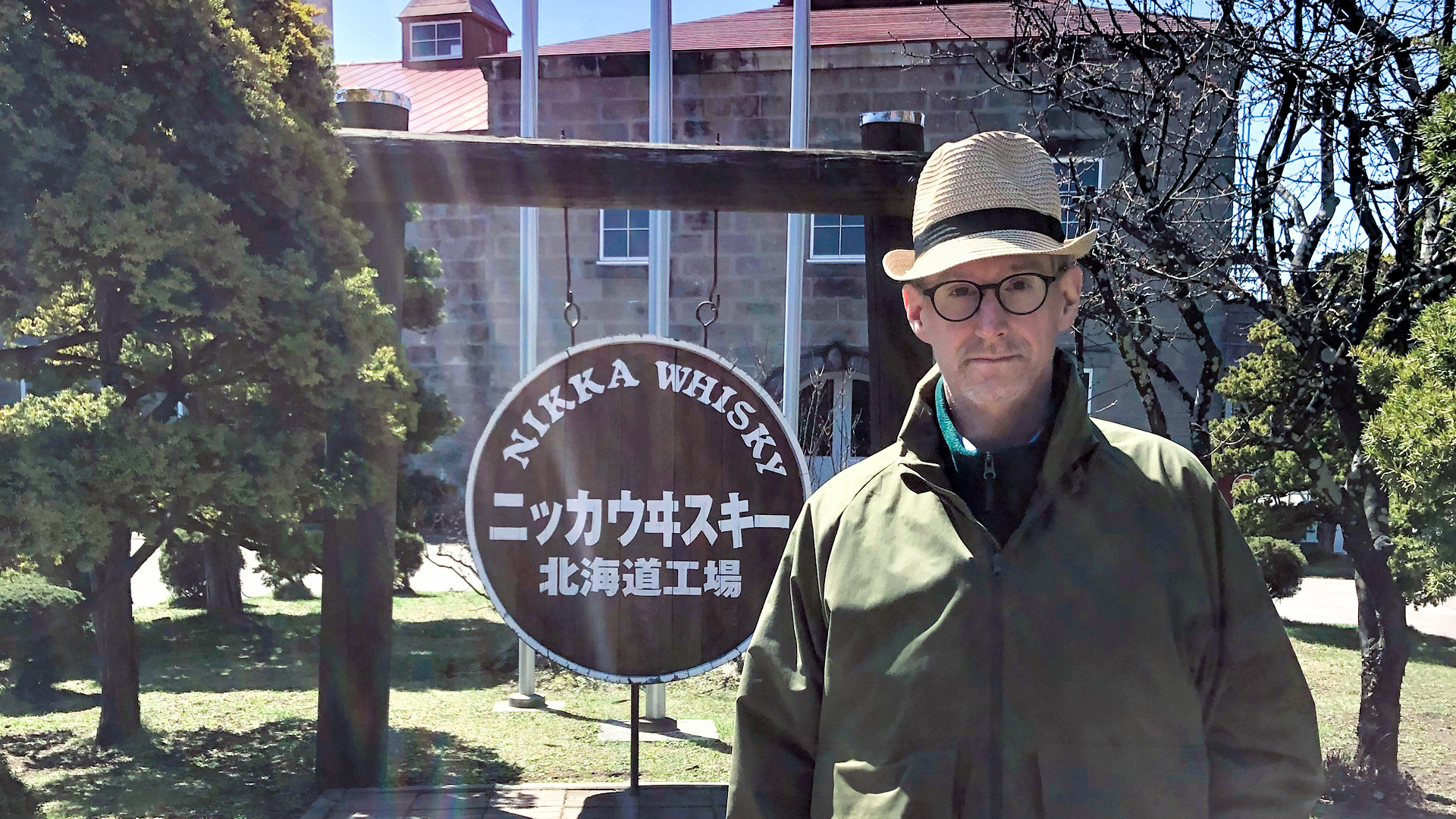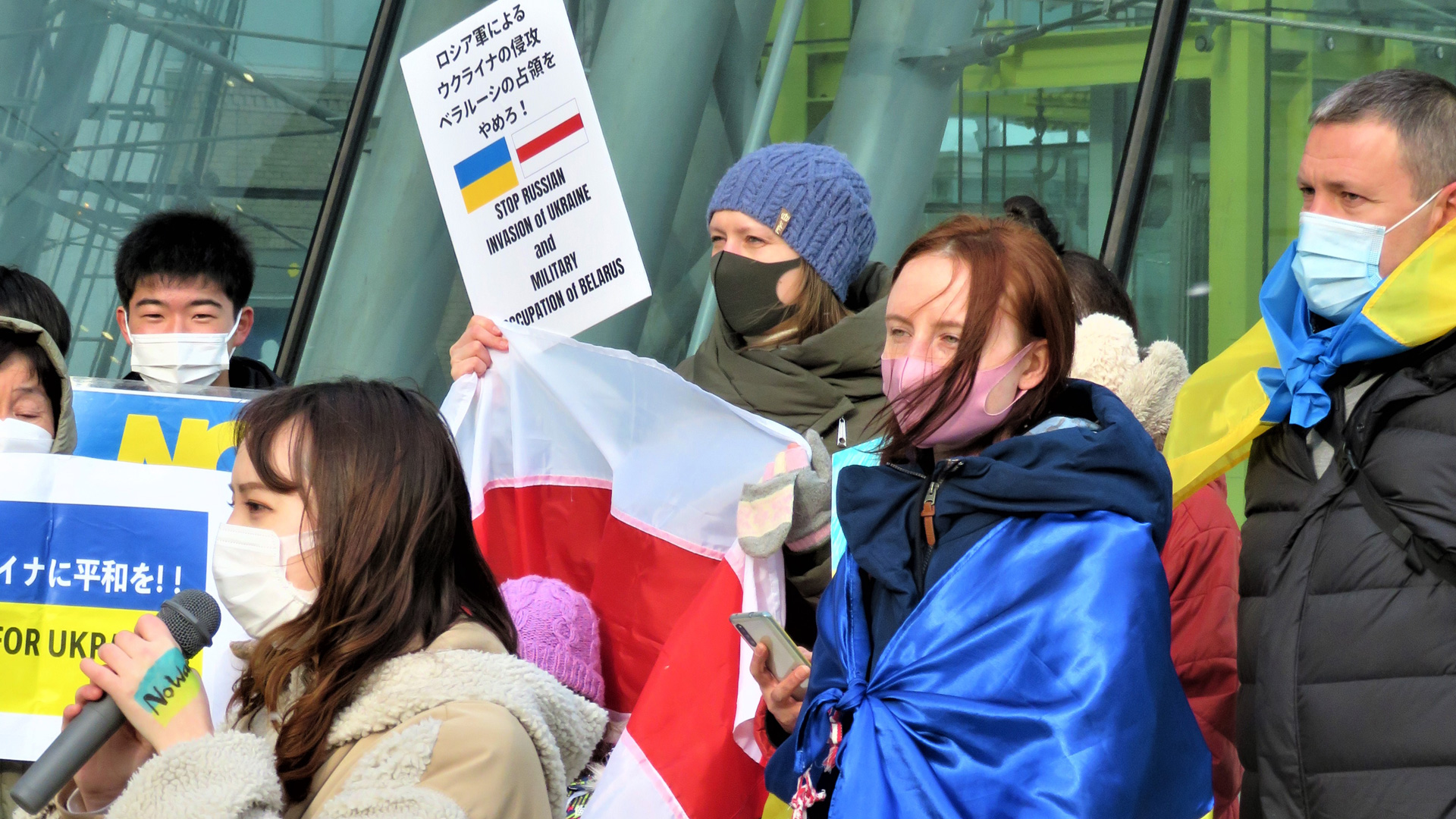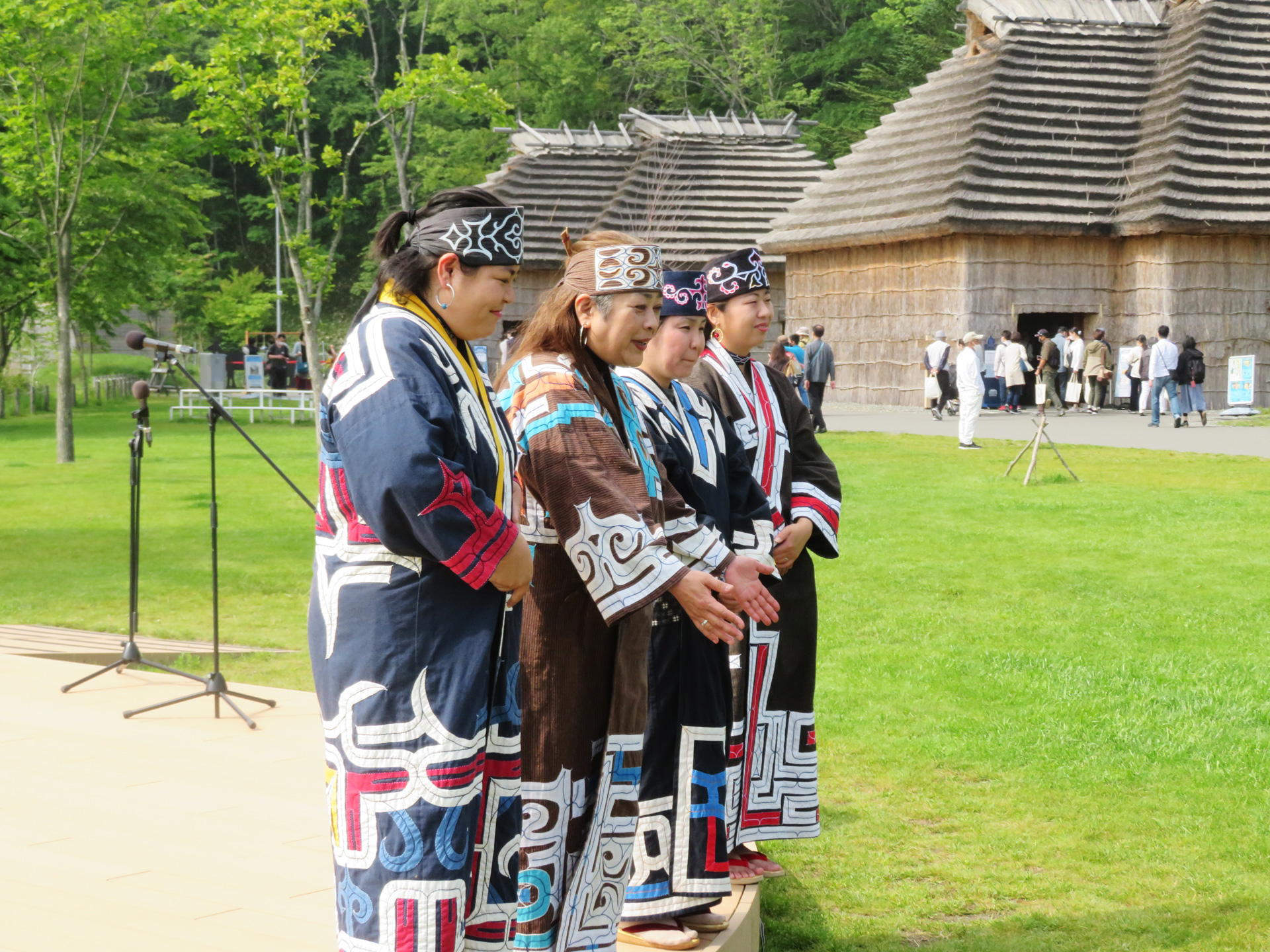Issue:
February 2023
From salmon catch predictions to the laid-back lifestyle, Hokkaido feels like home

Last February, after 34 years in Kansai, I moved to Sapporo, seeking adventure and a healthier lifestyle. One year later, it feels like home. The psychological adjustment has been far less stressful than I’d feared, and the physical adjustment far easier. Here are a few random impressions.
Sapporo is slower than Tokyo and Osaka, and more laid-back. Things get done here, just not as efficiently. When I asked an old friend - a former colleague originally from the Tokyo area who now teaches at a local university - about the basic personality traits of Sapporo people, I received a one-word response: nonbiri. Compared to what I was used to in Kansai (let alone in Tokyo), people here are more easy-going, forcing me to readjust my clock to “Sapporo time”. Especially in winter, when delays and last-minute cancellations due to travel disruption caused by heavy snowfall are more common than in other parts of the country. Delays caused by the pace of Sapporo life or the weather can affect my deadlines for stories, which doesn’t always thrill my editors in Tokyo. But so far, they, like me, have adjusted well. Why? Because in the end, things get done, problems get solved, the story gets written, and nobody is too bothered or overly flustered because everything didn’t go exactly according to plan.

The local media scene comprises the Hokkaido Shimbun and “everyone else”. I was a fan of the Hokkaido Shimbun long before I moved here. It’s an old-fashioned community newspaper with lots of local news and information. But it also has a deeper, more critical analysis of the latest pronouncements by the Prime Minister’s Office or developments in Kasumigaseki than you find in the Tokyo-based national dailies.
In addition to hard and soft news, the Hokkaido Shimbun also invites local residents of all ages to submit essays on any subject they like - the kind of thing community newspapers once did a lot more of back in the analog era. The essays are popular with readers, and not just among older ones. Hokkaido’s Generation Z is getting its say in old-fashioned print, and they are taking full advantage of the opportunity. They discuss their lives and concerns in short, but often poignant and thoughtful, paragraphs.
The Hokkaido Shimbun has what every newspaper needs to survive: a large community of diverse readers who might constantly grumble and complain about individual articles, but who remain loyal to and protective of the paper. There is a general feeling among readers, even in the digital age, that the Hokkaido Shimbun is “their” newspaper - one that reflects their views on how Hokkaido, and Japan, should be governed and how life should be lived.

Other media watch the Hokkaido Shimbun closely for their own story ideas. It won’t come as a surprise to hear that all Hokkaido media provide a steady stream of reports on agriculture and fisheries. Everything from predictions for corn, potato, squash, onion, rice, and wheat crops to which new cheeses, ice creams, and high-end milk varieties are being produced by Hokkaido dairy farmers. On that note, if you ever see Biei Milk in your local supermarket, buy it. Made by farms in Biei – known as the Provence of Japan due to its famous lavender fields - it is described by aficionados in glowing terms usually reserved for a particularly good vintage wines.
The Hokkaido media also inform readers of predicted catches of salmon, cod, Pacific saury, sardines and scallops in local waters, as well as the latest on whether Hokkaido fisherman will be allowed to fish in Russian waters and, if so, how much they are permitted to catch. Fisheries negotiations between Japan and Russia are covered by Hokkaido media with the same seriousness the international media reserve for Middle East peace talks.
Sapporo’s foreign community differs significantly from its counterparts in Tokyo and the Kansai region. Having spent so long in the heart of traditional Japan - Kyoto, Nara, and Osaka – I have plenty of friends there who are passionate about Japanese culture. They include artists who paint, sculpt, and play traditional Japanese (or modern Western) instruments. A good number are writers and photographers. Many are academics by profession, or they are academically inclined. My Tokyo friends are a bit more diverse, ranging from IT experts to journalists, academics and editors to diplomats and foreign government officials.

Sapporo’s foreign – or at least Western – community, is mostly business-oriented. Many appear to be entrepreneurs, with a smattering of tech types. I’ve yet to meet a foreigner with a deep love of traditional Japanese art and culture. Hokkaido University’s Ainu studies department has intelligent foreign researchers whose views on Japan’s history and culture differ from those you might hear from foreign Japanophiles in the bars and cafés of Tokyo or Kyoto.
The kind of international café culture familiar to my friends in Kansai and Tokyo doesn’t exist in Sapporo. That said, I have had the pleasure of meeting a few foreigners working for local and international media, focusing mainly on Hokkaido-related stories. Many are younger people who are just starting out on their careers in journalism. Most are part-time and do other jobs to pay the bills. Several have worked, or work, for major international media organizations. Once Covid-19 social-distancing measures are finally lifted here, we are talking about creating a Hokkaido International Media Association that would meet occasionally for beers and conversation, and possibly something more formal.

Photos by Eric Johnston
What have I learned about myself after a year in Hokkaido? Mainly, that while moving here didn’t make me make a better journalist, it hopefully made me a slightly better person. The climate and lifestyle, the friendly people, and the challenge of waking up every day and learning something new, have all been a source of energy and inspiration. It certainly isn’t grim up north, not even in February. It’s just different, in ways that aren’t obvious if your sole sources of information are Tokyo and Kansai-based media that want to sell you the tourist image of Hokkaido, or warn you of its natural dangers, such as bears. Sometimes in the same report. I decided not to rely on other people’s takes on Hokkaido, preferring to see for myself the myriad ways in which life up here is different. And that’s why I am enjoying it so much.
Eric Johnston is the Senior National Correspondent for the Japan Times. Views expressed within are his own and do not necessarily reflect those of the Japan Times.

